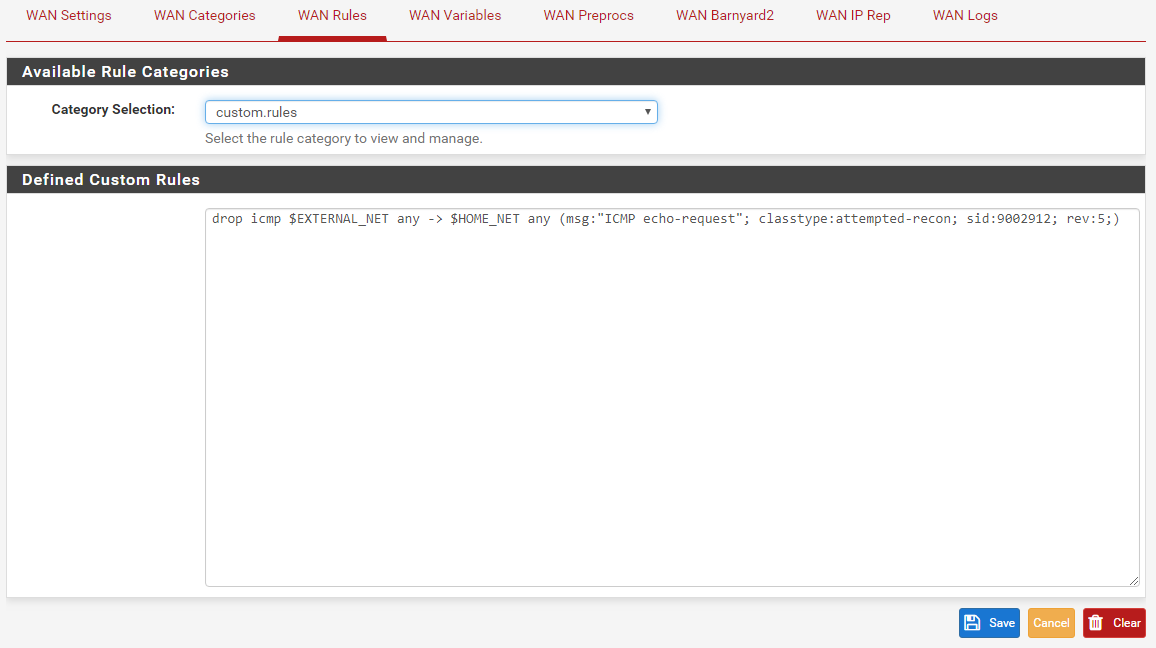

The value provided must be greater than 0 and less than 65536. The length keyword is used to specify the original length of the content specified in a protected_content rule digest. Currently, MD5, SHA256, and SHA512 are supported. If a default algorithm is not specified in the Snort configuration, a protected_content rule must specify the algorithm used. The hash keyword is used to specify the hashing algorithm to use when matching a protected_content rule. The following alert on the string "HTTP":Īlert tcp any any any 80 (msg:"MD5 Alert" The protected_content keyword can be used with some (but not all) of the content modifiers. This is useful when writing rules that want Additionally, it is possible to mix multiple protected_content rules with multiple content rules. Additionally, a length modifier must be specified with protected to indicate the length of the raw data.Īs with content, it is possible to use multiple protected_content rules can in one rule. A hashing algorithm must be specified in the rule using hash if a default has not be set in the Snort configuration. The search is performed by hashing portions of incoming packets and comparing the results against the hash provided, and as such, it is computationally expensive.Ĭurrently, it is possible to utilize the MD5, SHA256, and SHA512 hash algorithms with the protected_content keyword. As with the content keyword, its primary purpose is to match strings of specific bytes. The primary advantage protected_content has over content is that protected allows one to hide the target contents by only revealing secure hash digests of said content. The protected_content keyword provides much of the functionality of the content keyword, however it performs and is utilized in a very different manner. Keywords change how the previously specified content works. The content keyword has a number of modifier keywords.

If there must be 50 bytes for a valid match, use For example, if using content:!"A" within:50 Īnd there are only 5 bytes of payload and there is no "A" in those 5 bytes, the To alert on packets that do not match a certain patternĪlso note that the following characters must be escaped inside a content rule:Īlert tcp any any -> any 139 (content:"|5c 00|P|00|I|00|P|00|E|00 5c|" )Īlert tcp any any -> any 80 (content:!"GET" )Ī ! modifier negates the results of the entire content search, If the rule is preceded by a !, the alert will be triggered on packets Rules to be tailored for less false positives. Note that multiple content rules can be specified in one rule. The example below shows use of mixed text and binary data Bytecode represents binaryĭata as hexadecimal numbers and is a good shorthand method for describingĬomplex binary data. Pipe ( ) character and represented as bytecode. The binary data is generally enclosed within the The option data for the content keyword is somewhat complex it can contain If data exactly matching the argument data string is containedĪnywhere within the packet's payload, the test is successful and the remainder (rather computationally expensive) test is performed against the packetĬontents. Match is performed, the Boyer-Moore pattern match function is called and the The user to set rules that search for specific content in the packet payloadĪnd trigger response based on that data. The content keyword is one of the more important features of Snort. 2 Other rule options which use byte_math result variable 2 Other options which use byte_extract variables Writing Snort Rules Previous: 3.4 General Rule Options Contents Next: 3.6 Non-Payload Detection Rule Up: 3.


 0 kommentar(er)
0 kommentar(er)
